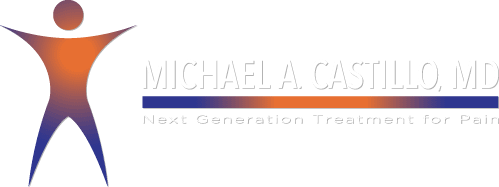Regenerative Medicine the Pain Management Alternative
Injuries happen to almost everyone, but for some they can be far worse. For those with chronic pain, arthritis and a host of other ailments, it can mean a lifetime of discomfort. While many of those symptoms can be treated, it’s often with invasive surgery or only partially effective treatments like cortisone shots. Regenerative medicine […]
 Skip to content
Skip to content
